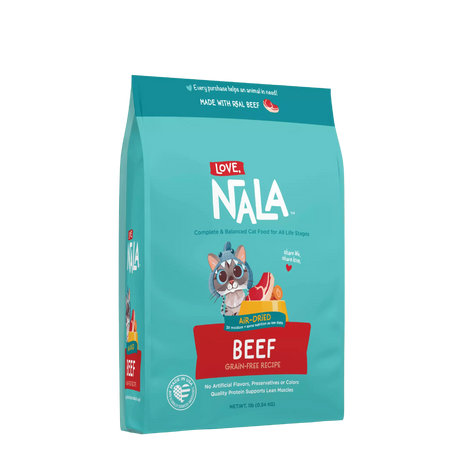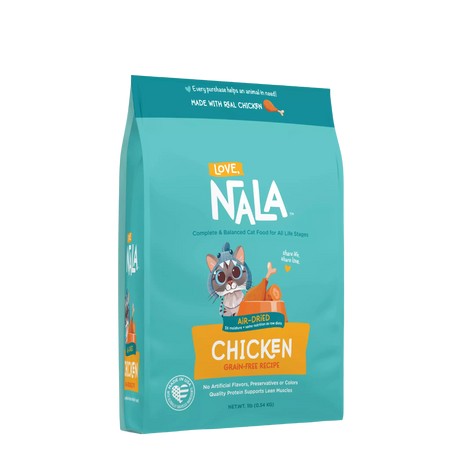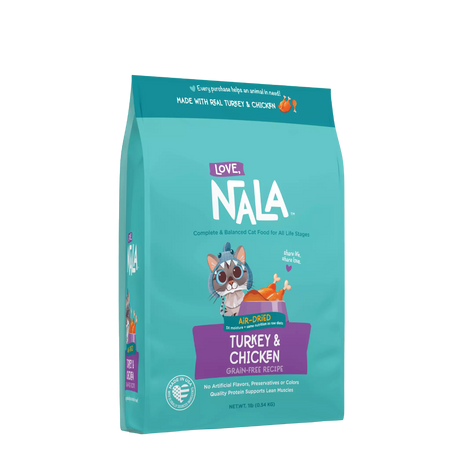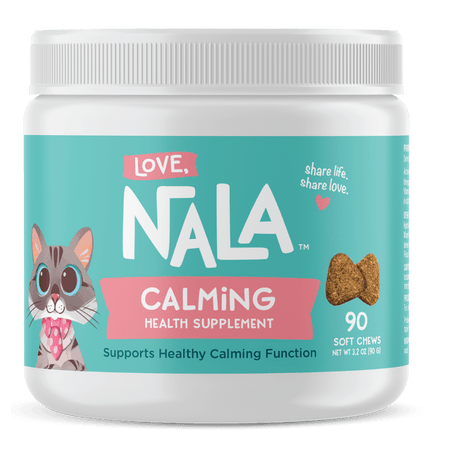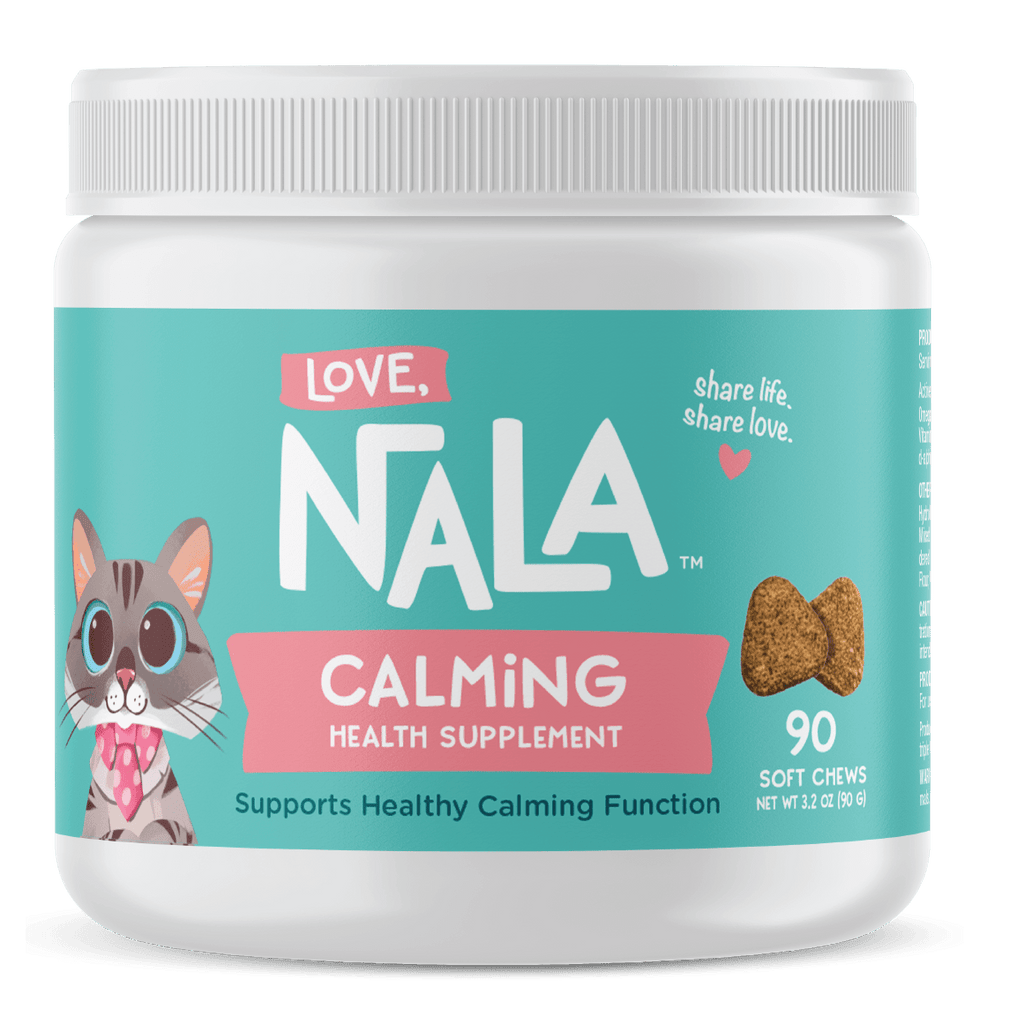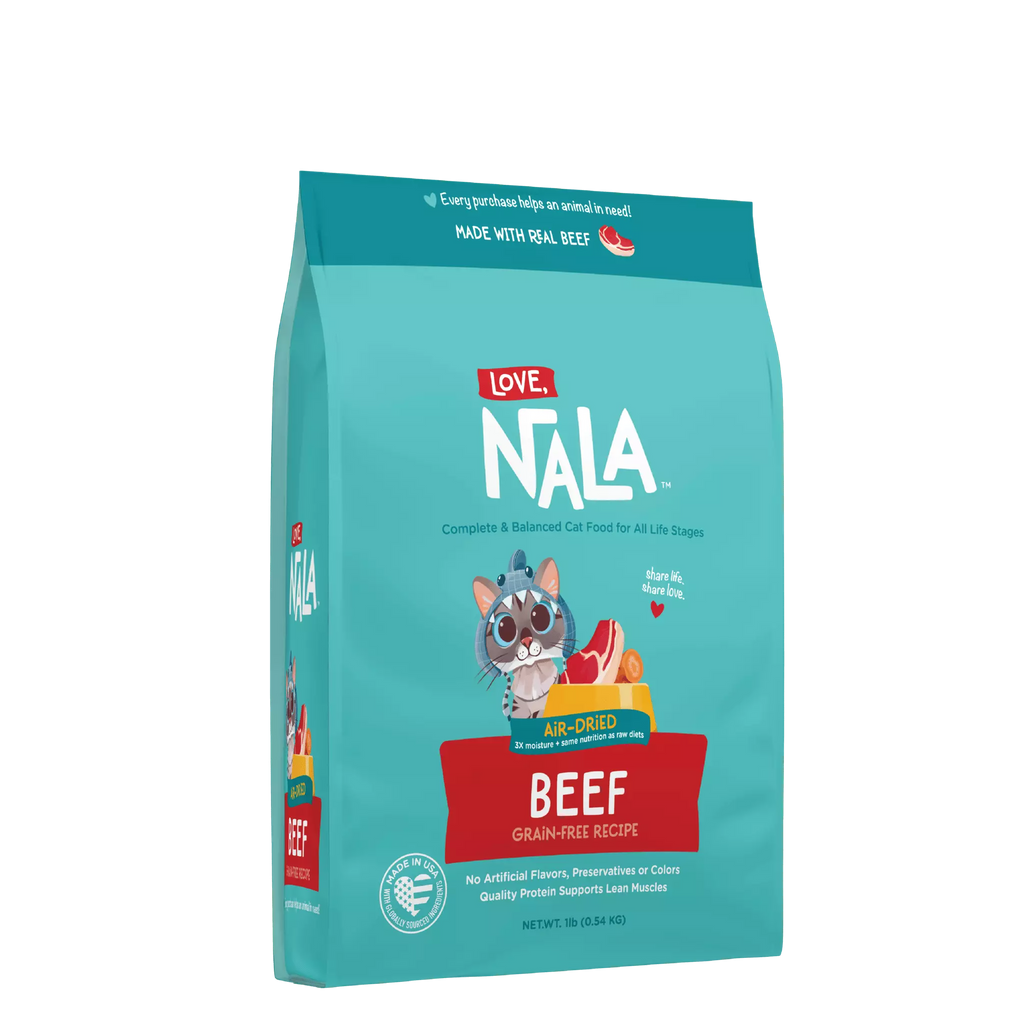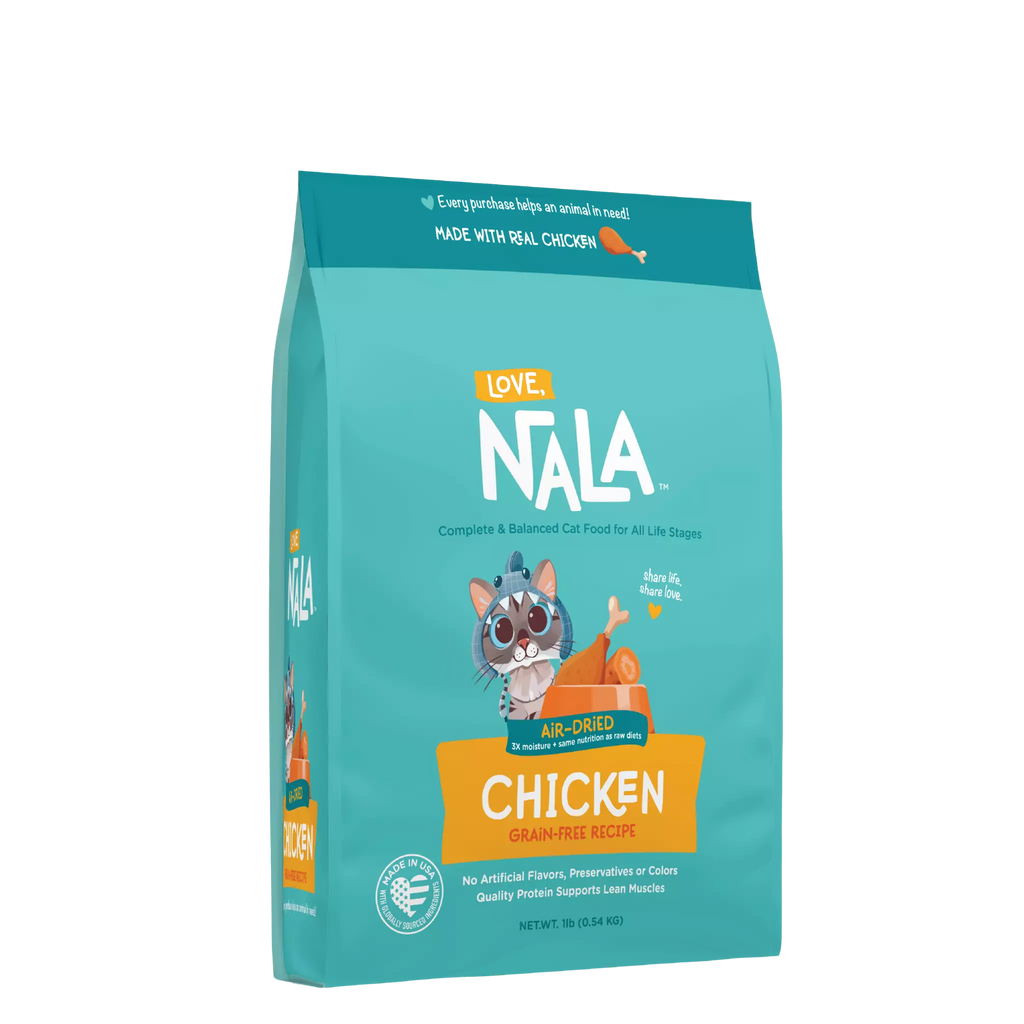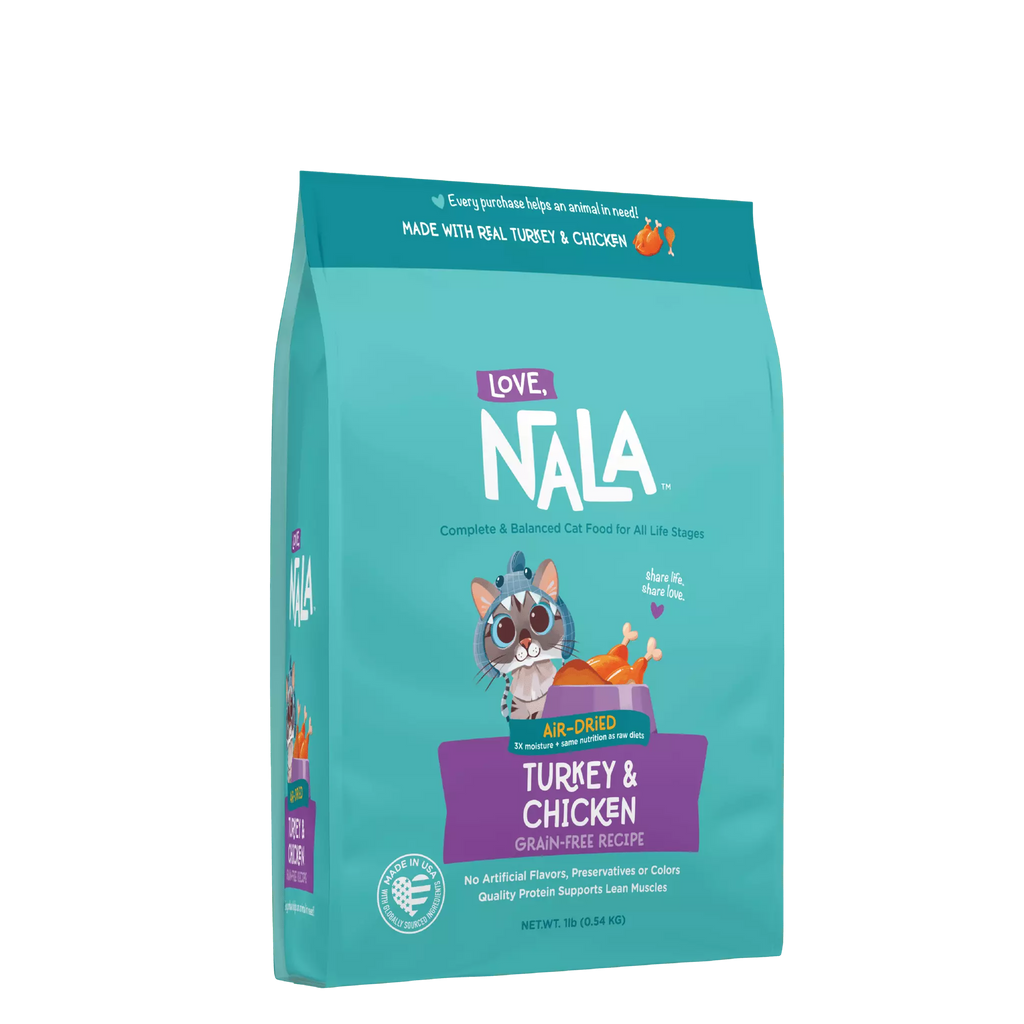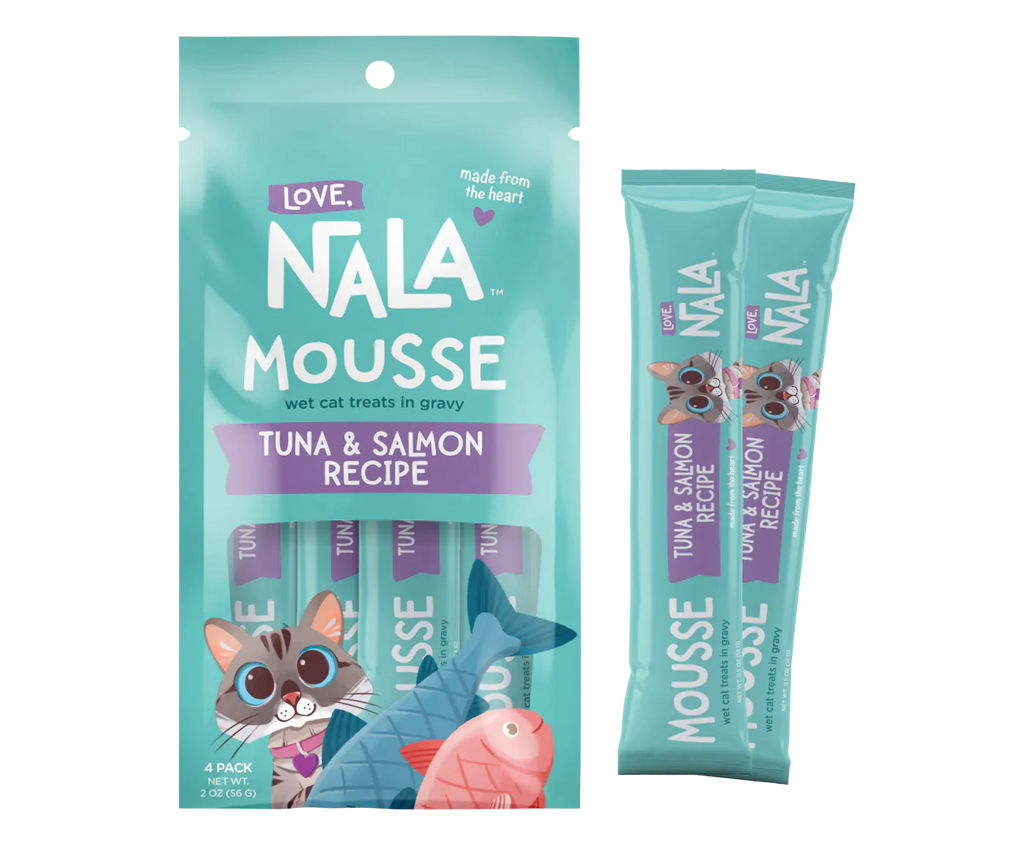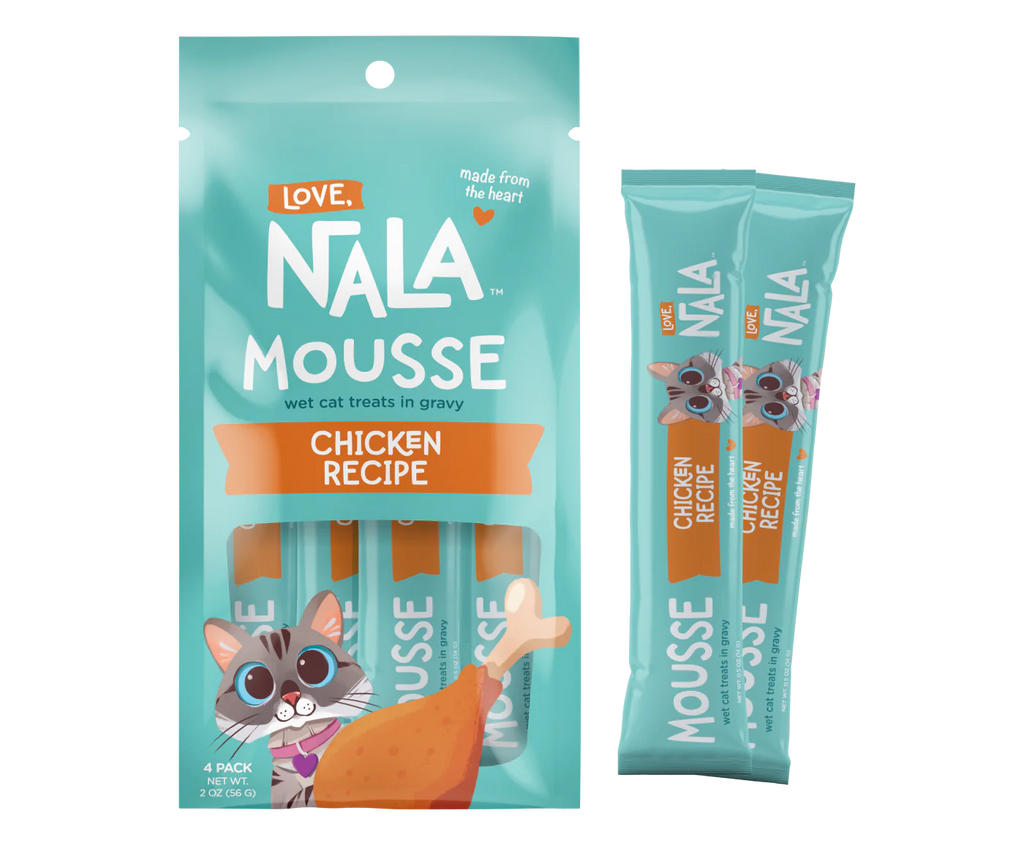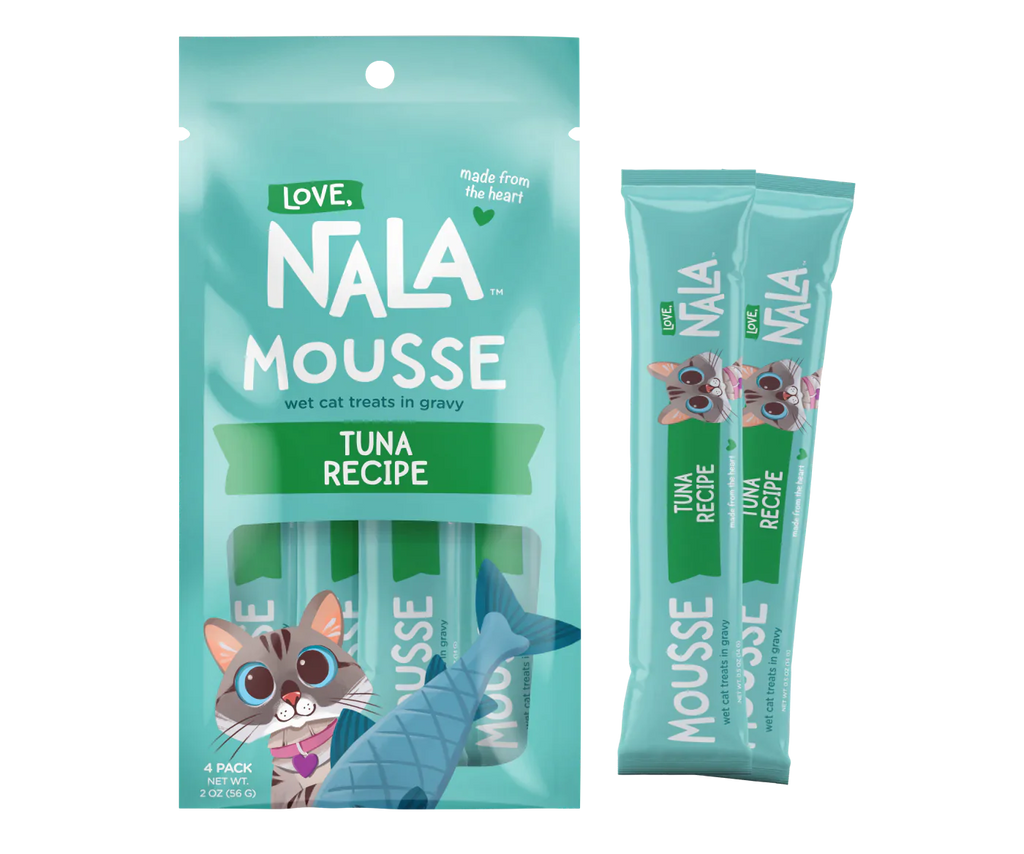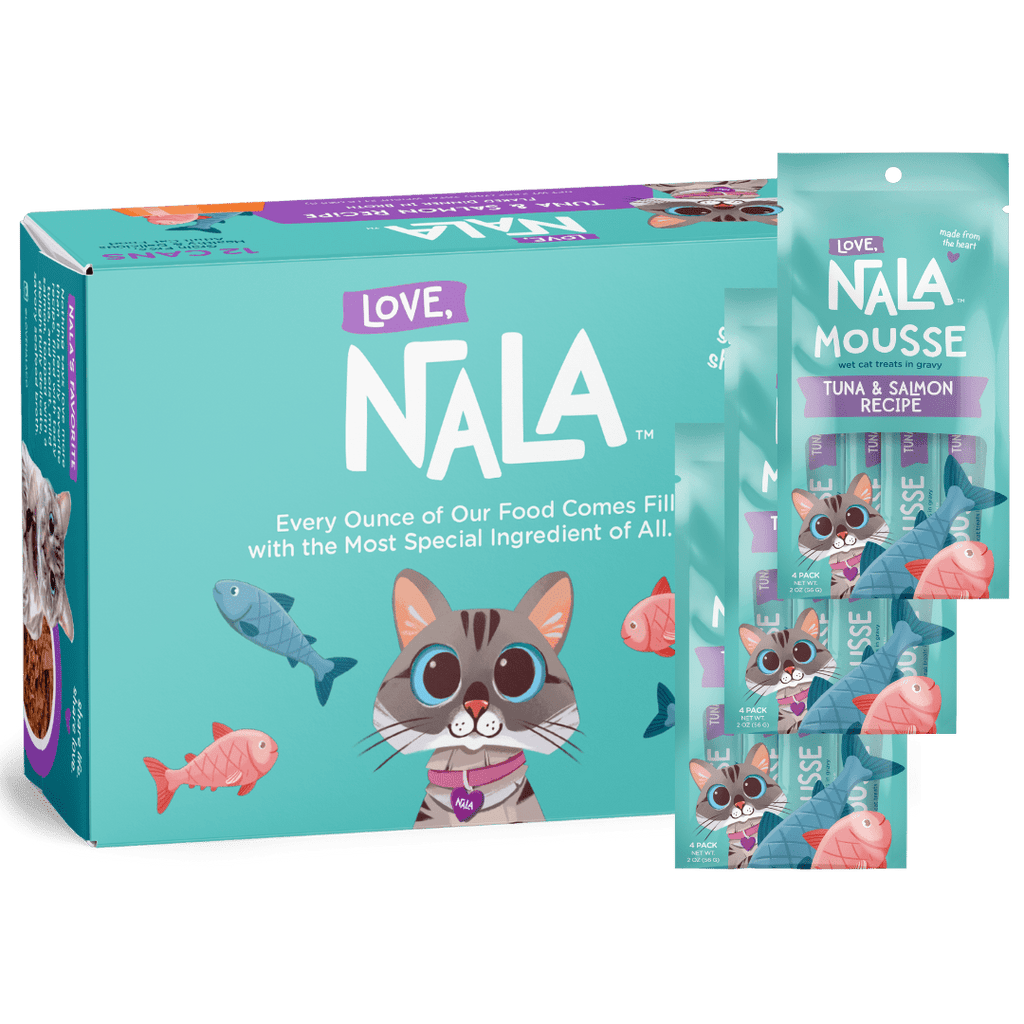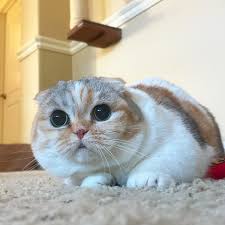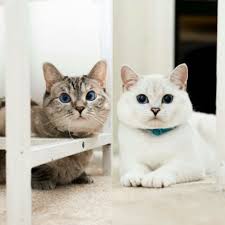Cats have a very wide range of vocalizations and each serves a different purpose or conveys a different emotion or need. Here are some common cat vocalizations and their meanings:
Meow: Meow is the most well-known cat sound. Cats meow for various reasons, but usually only to humans, not other cats. A meow can serve as a greeting like ‘hello’ or your cat may meow when they want your attention or their next meal. Importantly, cats often meow as a means of expressing discomfort like when they don’t feel well. The tone and pitch of the meow can also convey different messages so you need to pay attention and learn what each sound means.
Mew: A mew is a mini meow that usually acts as a greeting or a question. A mew often is your cat asking for a favor or reminding you of their presence. It’s basically a little check-in with you.
Purr: Purring is usually associated with contentment and relaxation. Cats often purr when they are being pet, cuddled, or when they are feeling comfortable, safe, and happy. However, cats also use purring to self-soothe so they may purr when they are overwhelmed or not feeling well too as a way to calm themselves down.
Chirp: Cats may make chirping or chattering sounds when they are excited or in hunting mode. This sound, which can sound like the high-pitched chirps of a bird, is often heard when a cat sees something interesting, such as birds or squirrels outside their window.
Trill: A trill is similar to a chirp, but the sound is made while the cat’s mouth is closed by a combination of rapid airflow through the vocal cords and the movement of the tongue against the roof of the mouth. Trilling is a happy, melodic sound that is in between a purr and a meow. Cats trill when they are in a good mood. They can trill as a greeting to their owners, while playing, or when they’re feeling relaxed and cozy. Trilling is also how mama cats get their kittens to follow them.
Growl: A growl is a warning or defensive sound. Cats typically growl when they feel threatened, scared, or annoyed. It's a way for them to communicate that they are uncomfortable with their current situation. A cat may growl at the vet, in their carrier, getting groomed, being pet by someone new, or being in a new environment. Growling serves as a warning to back off and give them space before they go into fight mode.
Hiss: Hissing is another defensive sound that cats use to express aggression, fear, or discomfort. A hiss signals that the cat feels threatened and may attack. It's often accompanied by bared teeth and a defensive posture - like the arched-back, fur-standing-on-end Halloween cat pose.
Yowl: Yowling is a loud, drawn-out sound that cats make to express distress, pain, or a strong desire for something. Female cats in heat often yowl to attract male cats for mating. Senior cats or those with certain medical conditions may also yowl due to discomfort. If your cat is yowling, it’s a good idea to take them to the vet as they may be in pain.
Understanding common cat vocalizations can help you better understand your cat's wants, needs, and emotions, keeping them healthy and happy while strengthening the bond you share.
Love, Nala